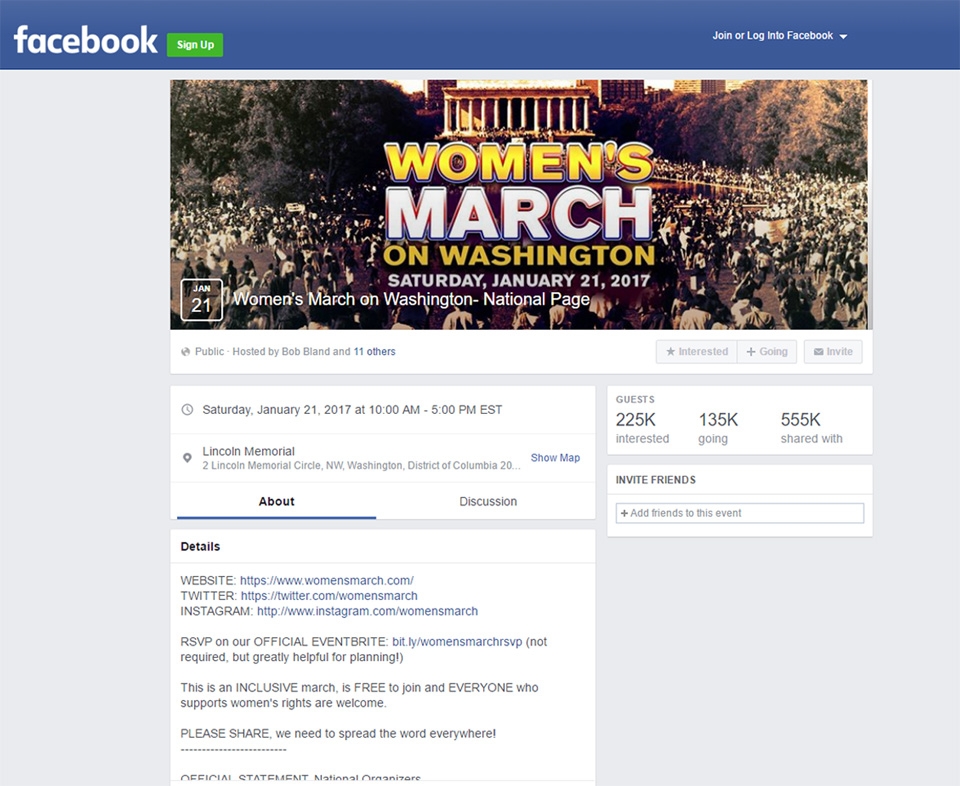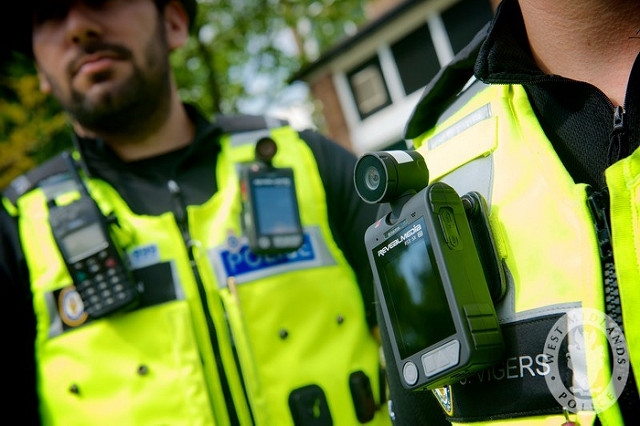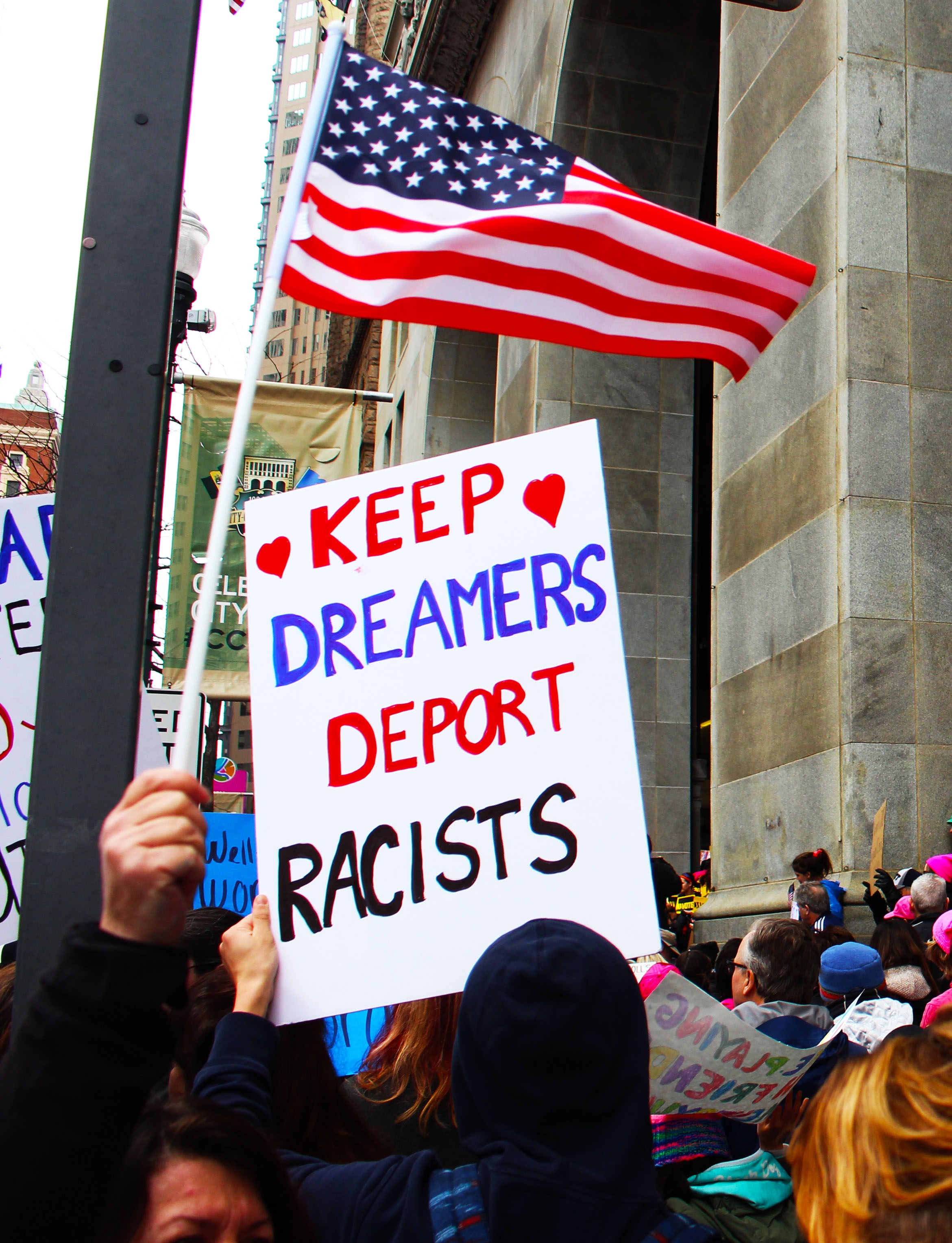
01/25/2018
By Ollie Gratzinger | Features Editor
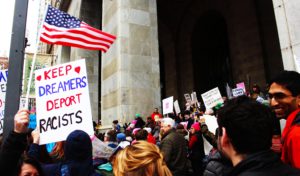
Central themes of the March included the stronger presence of women in political office, as well as protection for Dreamers and active resistance.
On an unseasonably warm Sunday morning, the streets of downtown Pittsburgh began to fill with a united and diverse crowd. The City that Always Sleeps had seemingly woken up.
The 2018 Pittsburgh Women’s March began at 11 a.m. on Jan. 21 on the steps of the City County Building. Looking out upon a sea of pink hats and picket signs, speakers called for an increased presence of women in public office with a battle cry of “Power to the polls!”
Suzi Neft, who graduated from Duquesne University in 2016 with her master’s in corporate communications, served as the public relations director for the March. As rewarding as organizing an even this size is, it was no easy task.
“The most challenging part was that there are some groups that are not in favor of women’s rights,” Neft said. “There are districts not in favor of the type of things we’re interested in pursuing. Making sure everyone can vote was really the main thrust of the event.”
Making sure everyone can vote, of course, and also insisting that they have the chance to vote for a woman.
“We need new blood,” Neft said. “We need more women in office. There are so few.”
One hope was that those who contest women’s rights would be moved by the demonstrations of solidarity at the March in Pittsburgh and others around the world. Neft, however, was unsure that they were even watching.Still, she remained adamant that the best way to open the eyes of feminism’s opponents is through discussion and, ultimately, partnership.
“People often don’t want to [discuss women’s rights] in a peaceful way, but I don’t want to fight,” she said. “I want to be part of a peaceful discussion. Sometimes you don’t want to argue — you want to partner.”
The idea that cooperation is key — a theme echoed throughout the event — became especially apparent in the discussion of disability and accommodation.
In 2017, a woman protesting Medicaid cuts outside of Ohio Senator Rob Portman’s office was pushed out of her wheelchair by a Columbus police officer. That woman was Pittsburgh native Alisa Grishman, who addressed the Women’s March crowd in Market Square.
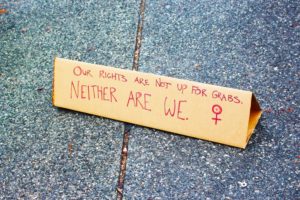
Grishman was nearly moved to tears as she told her story about voting accessibility at the polls — or rather, the lack thereof. Six states, Grishman recalled, do not have standards in place to protect and accommodate disabled voters. That’s more than 10 percent of the country, she reminded the crowd.
At her polling station, the ramp leading from the door collapsed shortly after Grishman used it. She’d also been met with ramps too steep for her chair, or voting stations too high for her to reach.
Listeners were urged to “report it,” if they should happen to come across anything at polling stations — or anywhere else — that violates the Americans with Disabilities Act. The Act prohibits discrimination against disabled individuals and requires public accommodations to be made.
“How can you guarantee that you won’t be disabled, come [Election Day]?” Grishman asked the crowd, and a poignant silence followed. She maintained that the adjustments allowing disabled individuals to vote in midterm elections this November are a question of human rights that can affect anyone, anywhere.
As an eight-year veteran of poll worker training, Neft said that there’s no excuse for polling stations to lack the proper accommodations for disabled voters such as Grishman.
“Take those voting machines out of the stands and put them in people’s lap[s] so they can vote,” she said. “As a poll worker trainer, I have access to those keys. I teach every last poll worker how to use an audio ballot. [Accommodation] can happen, and it can happen easily.”
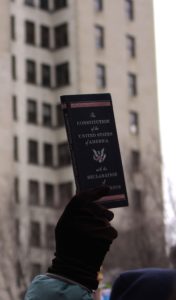
Many March participants were critical of Donald Trump and his controversial policies, including his stance on the border wall and Dreamers.
Ray Linsenmayer, a Duquesne graduate and Democratic candidate in the running to become the US Representative for Pennsylvania’s 12th District, stressed that “all the diverse parts of society” contribute to a collective strength.
“I think that it’s important that people recognize that they are not alone in what they want,” Linsenmayer said, speaking on the topic of the March’s significance. “I think that there’s so much divisive rhetoric, and people can feel like they’re by themselves. But when they come to events like this and see people being friendly with each other and carrying signs, they feel like they’re part of a movement.”
For as “inspiring and heartwarming” as the March was, Linsenmayer found it upsetting that it was still, unfortunately, a necessity.
“It is still astounding to me that in 2018, we are still out there fighting for women’s rights,” he said. “I have a two-and-a-half year old daughter. If we’re still fighting for women’s rights when she’s older, when she comes of age, I’ll feel like we failed, somehow.”
Linsenmayer believed strongly in the themes of the March, and he called for an increased presence of female voices in positions of power, both in political office and in the world beyond.
“I just think that the more different views you have, the better. It helps everyone challenge their underlying assumptions, and it helps people challenge the way they think about things,” he said. “Even in the business realm, when companies are smart enough to incorporate more diverse voices into the board, the company becomes stronger.”
The march’s themes of political involvement were accompanied by a hunger for change and a thirst for justice.
Mer Boone, freshman occupational therapy major at Duquesne, has attended marches in the past, but Sunday’s was her first that addressed the topics of feminism and women in politics.
“I’ve seen a lot of injustice around me, and I know that even more exists,” she said. “I want to be a part of letting society know that this is not okay, and that there has to be reform. Feminism is important, but it has to be intersectional. If it doesn’t include marginalized people, it doesn’t mean enough.”
As united as the crowd was, several signs towering high above heads were critical of certain motifs and symbols of the modern feminist movement, concerned that such intersectionality was far too scarce.
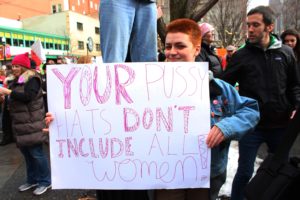
The inclusivity of the pussyhat has come under question, largely by marginalized communities.
The Pussyhat Project, for example, was a contentious inclusion. Launched on Nov. 23, 2016, as not only a response to the Access Hollywood recording of Donald Trump’s derogatory “Grab ‘em by the pussy,” remark, but also as a means of unifying feminists nationwide, the project has come under fire because of the widespread worry that pussyhats are too direct a representation of vaginal anatomy, and they therefore fail to include transgender women or other women who
lack certain reproductive organs.
The Pussyhat Project’s website responded to similar critiques with a statement posted on Jan 14, 2018.
“Some feel that the pink color of the hate excludes people of color from the project. Some feel that the hat is a literal symbol of female anatomy, promoting Trans-Exclusionary Radical Feminism (TERF). Thank you for speaking up with your criticisms. We hear you,” it read. “The founding principles of Pussyhat Project are inclusivity, compassion, creativity, personal connection and open dialogue, to further women’s rights and human rights. It is an exciting and ongoing process, and these criticisms are part of it.”
Still, members of these marginalized groups — primarily members of the transgender community — feel as though the abundance of pussyhats at the March
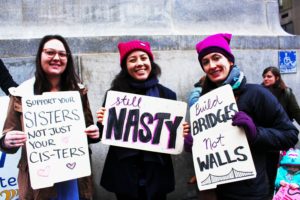
could’ve been counterproductive.
“I strongly dislike the hats — emphasis on strongly and dislike,” said Neil Runge, a freshman English major and transgender man. “I feel like it’s an obvious way to just remind trans women that they aren’t women, and to make trans men feel like they aren’t men. I’m all for empowering women, but these pussyhats alienate a huge portion of women who are fighting for the same rights. Feminism isn’t feminism if its exclusionary.”
As the march neared its end and the crowds began to thin, a call to action lingered still in the air. Gatherers were urged to go beyond showing up and to remain vocal even after the event was over.
“People don’t just march,” Neft said, speaking to the hope of a larger impact. “They get involved.”
“I think that it’s very important for marches like this to happen,” added Boone. “However, demonstrations amount to nothing if people don’t take action after the march. Voting, having challenging conversations with those around us and changing our own mindsets are crucial if we want anything to change.”

